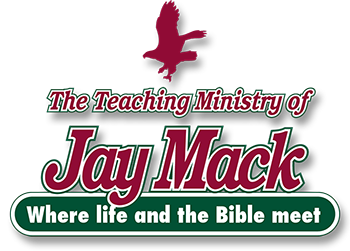The Festival Offerings
28:16 to 29:40

Numbers 28 and 29 function as an ancient priestly calendar, a detailed list of the given Tabernacle/Temple sacrifices for each festival day. Those festivals are referred to as moedim, or appointed times. They are God’s appointed times when He meets with His holy ones. They are also appointed times for sacrifice. We encountered the biblical calendar in Leviticus 23 (see Leviticus, to see link click Dw – God’s Appointed Times), but the book of Numbers also contains a version of the biblical calendar. It, however, is far more detailed regarding the sacrificial offerings for the festival days. Whereas the calendar in Leviticus would say: You shall present an offering ADONAI for each of the festivals, the calendar in Numbers offers the specific details on the number of lambs, rams, goats, and bulls. It spells out exactly what that offering by fire is supposed to be for each festival. It was a calendar intended for the priesthood to study, memorize and implement.651
Seven weeks after the Feast of Firstfruits (within the eight-day celebration of Passover), the Israelites celebrated the Feast of Weeks. What is interesting about the three major “pilgrimage feasts” (see the commentary on Exodus Eh – Three Times a Year Celebrate a Festival to Me) is that each required the firstfruits of the various harvests to be offered at the Temple/Tabernacle, but for different crops. Passover required the firstfruits of the barley harvest (see the commentary on Leviticus Ea – Rasheet); the Feast of Weeks required the firstfruits of the wheat harvest (see Leviticus Ec – Hag Shavu’ot); and the Feast of Booths required the firstfruits of the olive and grape harvest (see Leviticus Eg – Hag Sukkot). As a result of the firstfruits being embedded in these three major pilgrimage festivals, the Feast of Firstfruits itself is not included in the restatement of the feasts in Numbers 28 and 29.652
An important feature in each of the festival offerings in Numbers is the mitzvah of a male goat (if you count Pesach and Hag ha’Matzah as one eight-day festival). Also a male goat is to be offered as a purification offering to ADONAI (see Leviticus Aq – The Chatta’th Offering: Communicating God’s Forgiveness), in addition to the regular Olah Offering and its drink offering. The goat was required for every festival other than the Shabbat. What is the meaning of this single goat? The purpose of the Chatta’th Offering goat of the festivals and the New Moons is explained in the tractate Shavu’ot of the Mishnah (see The Life of Christ Ei – The Oral Law). The goats were a fail safe measure. They were meant to provide atonement for those who inadvertently desecrated the Tabernacle by coming near to God in a condition of ritual impurity.653
The restatement of each of these festivals in Numbers was a necessary part of the transfer of power from Moses to Joshua. The wilderness generation would soon be in the Land of Promise, where these festivals would take on their full meaning in the life of the people. It would be in the Good Land that they would be able to bring all these sacrifices to the LORD because of His bountiful provision. The listing of these specific offerings is a mark of faith and trust in ADONAI that He, at last, would complete His promise to bring His people into the Land that was, and continues to be, His gift to them.654



Leave A Comment